In manufacturing, the difference between waste and precision often comes down to how we mark a part. That’s where laser marking machines come in—fast, accurate, and built for permanence.
A laser marking machine uses focused light to create permanent, high-contrast marks on a surface, without contact or consumables. It’s clean, fast, and ideal for industrial traceability.
When I first saw a fiber laser marking machine work, I was hooked. It transformed cold, raw steel into crisp serial numbers within seconds—no mess, no downtime. At Kirin Laser, we build our machines to deliver exactly that: speed, contrast, and reliability. So what’s really going on inside that sleek machine?
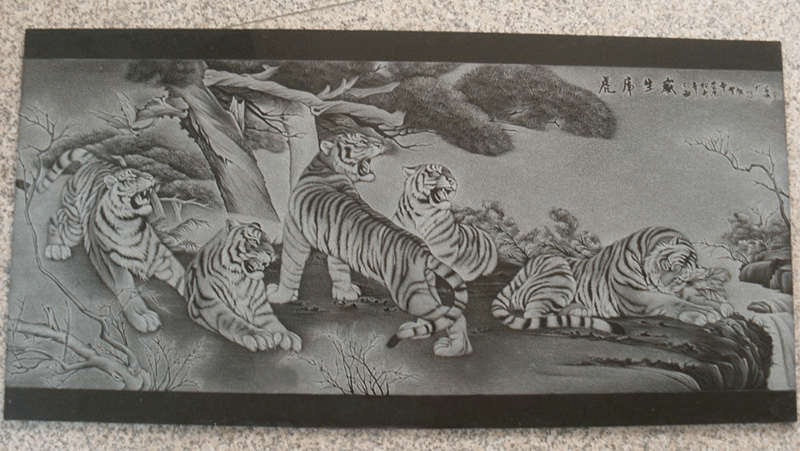
What is the principle of laser engraving machine?
Marking metal with a beam of light sounds like science fiction. But the science behind it is precise, simple, and elegant.
Laser engraving machines focus a high-energy beam onto a material’s surface, heating and vaporizing a thin layer to leave a permanent mark. The process relies on heat, motion control, and optical precision.
How Laser Machines Works: The Physics Behind the Beam
Laser marking—especially fiber laser marking1—relies on a few key components:
1. Laser Source
At Kirin Laser, we typically use fiber lasers for metal marking. These generate a focused light beam via rare-earth-doped optical fibers (usually ytterbium). They’re known for high beam quality and long life.
2. Galvanometer (Galvo) System
This is the “steering wheel” of the beam. Galvo2 mirrors rapidly direct the beam across the surface, tracing letters, logos, or QR codes in milliseconds. Fast galvos = faster marking speeds.
3. F-theta Lens
It keeps the beam focused uniformly over the marking field, ensuring sharp and consistent marks—even on curved or uneven surfaces.
4. Material Interaction
When the focused beam hits the surface, the intense energy causes localized heating, oxidation, melting, or vaporization. Depending on parameters, we can produce:
| Marking Type | Effect | Use Case |
|---|---|---|
| Surface Annealing | Oxidation (no damage) | Medical tools, watches |
| Etching | Shallow melt removal | Automotive parts, electronics |
| Engraving | Deep vaporization | Tooling, molds |
| Color Marking | Surface oxidation layers | Stainless steel ID tags |
This process is fully software-controlled, meaning we can adjust power, frequency, and speed in real time. It’s the ultimate in programmable precision.
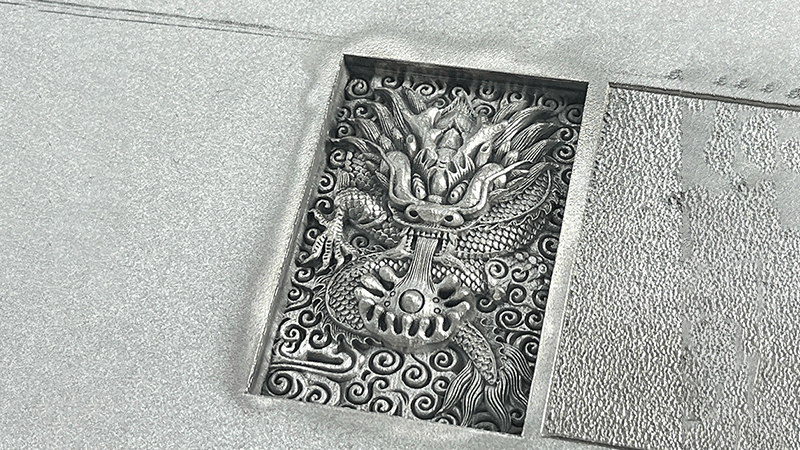
What is the lifespan of a laser marking machine?
Clients often ask me, "How long will this machine last?" It’s a fair question—especially when planning capital investment for industrial use.
A quality laser marking machine, like those from Kirin Laser, typically lasts 100,000 hours or more. With basic maintenance, it can run for over a decade in daily operation.
What Affects Machine Lifespan?
1. Laser Source Quality
Fiber lasers3 have no moving parts in the source itself. That’s why they’re the most durable. At Kirin, we use top-tier sources rated for 100,000 hours of operation.
2. Cooling System
Overheating is a laser’s worst enemy. Our air-cooled units4 are efficient and low maintenance. Water-cooled models exist, but they add complexity.
3. Environmental Conditions
Dust, vibration, or extreme temperatures can affect electronics. That’s why we build robust enclosures and offer dustproof models for workshop environments.
4. Maintenance
There’s very little routine maintenance needed. Just clean the lens, keep the software updated, and occasionally inspect the galvo head5.
| Component | Expected Life | Maintenance Tips |
|---|---|---|
| Fiber Laser Source | 100,000+ hours | Avoid power surges |
| Galvo Scanner | 5–10 years | Keep dust-free |
| F-theta Lens | >10 years | Clean periodically |
| Controller Board | >10 years | Stable power, avoid static |
I have machines in client factories that have been running since 2015 with minimal downtime. When you choose quality, lifespan isn’t a concern—it’s an advantage.
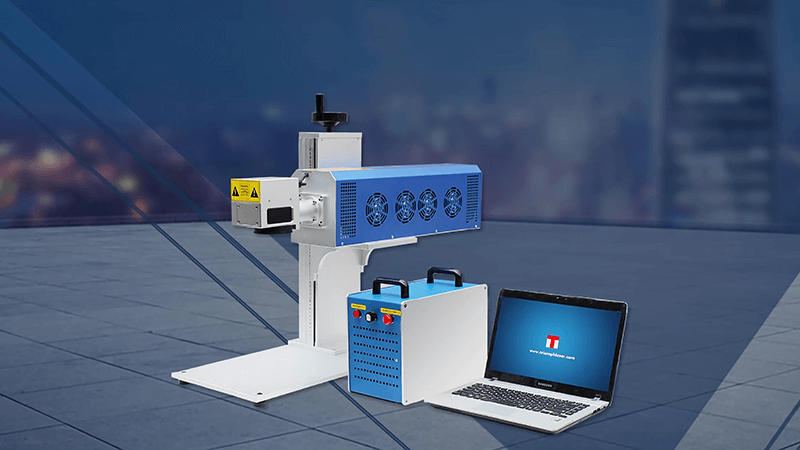
What is the difference between laser marking and laser engraving?
These two terms get used interchangeably. But technically, they’re not the same. Understanding the difference helps you choose the right method for your product.
Laser marking changes the surface properties (like color or texture), while laser engraving removes material to create a deeper mark. Marking is faster and cleaner; engraving is more permanent and tactile.
Comparing Processes Side-by-Side
Let’s break it down:
| Feature | Laser Marking | Laser Engraving |
|---|---|---|
| Process | Oxidation or discoloration | Material removal |
| Depth | Microns (shallow) | Millimeters (deep) |
| Speed | Fast | Slower |
| Appearance | High contrast, flat | Deep, tactile |
| Typical Use Cases | Barcodes, logos, dates | Tool numbers, deep serials |
| Surface Impact | Minimal | Substantial |
When to Choose What?
- Laser Marking6: Best for speed, contrast, and materials that don’t need deep engraving. Think electronics, surgical tools, or high-speed coding.
- Laser Engraving7: Best when you need depth and permanence—like dies, molds, or parts that face abrasion.
At Kirin Laser, we advise clients based on their use case. One aerospace client needed heat-resistant marks. Marking was the answer—not engraving. The result? Perfect codes that survived heat treatment with zero fade.
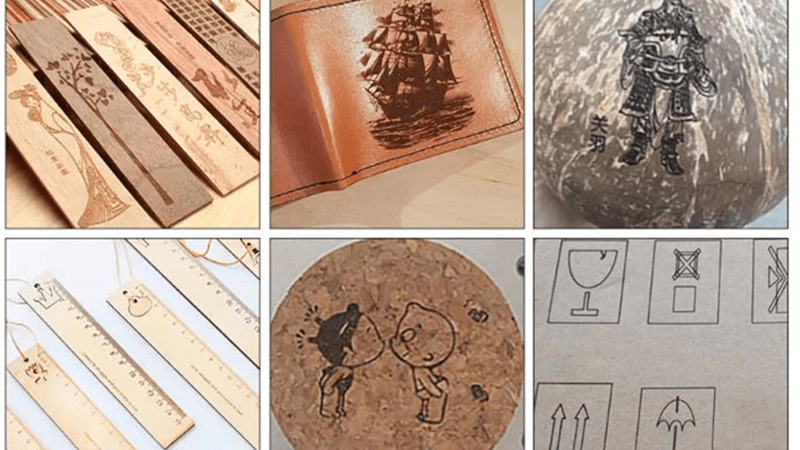
What does a laser marking machine do?
If you work in industrial manufacturing, you need traceability. If you brand products, you need logos and codes that don’t smudge. That’s the job of a laser marking machine.
A laser marking machine creates permanent identification marks—text, numbers, logos, barcodes—on various materials. It’s used in industries like automotive, medical, aerospace, and consumer electronics.
What Exactly Can It Mark?
Here’s what our fiber laser machines8 at Kirin typically handle:
Materials:
- Metals: Stainless steel, aluminum, brass, titanium
- Plastics: ABS, PC, PP (with MOPA laser or CO₂ variants)
- Ceramics: With specialized wavelength settings
Mark Types:
| Type | Description | Application Example |
|---|---|---|
| Serial Numbers | Unique identifiers | Automotive, Aerospace |
| QR Codes / DataMatrix | Traceability and inventory | Electronics, Pharma |
| Company Logos | Branding | OEM parts, tools |
| Date Codes / Lot IDs | Manufacturing batch tracking | Food, packaging |
One of our clients in the electronics sector marks 15,000 USB connectors daily using a Kirin 20W fiber laser9. Each mark takes less than 0.4 seconds. Zero consumables. Zero mess. Just clean, readable data that never fades.
Why Do Companies Switch to Laser?
- No Consumables: No ink, no ribbons, no solvents
- Low Maintenance: Virtually plug-and-play
- Software Control: Easy integration with ERP or barcode systems
- Speed: Marks parts faster than manual printing methods
At Kirin Laser, we’ve helped hundreds of OEM and industrial clients replace older methods with fast, eco-friendly laser marking solutions10.
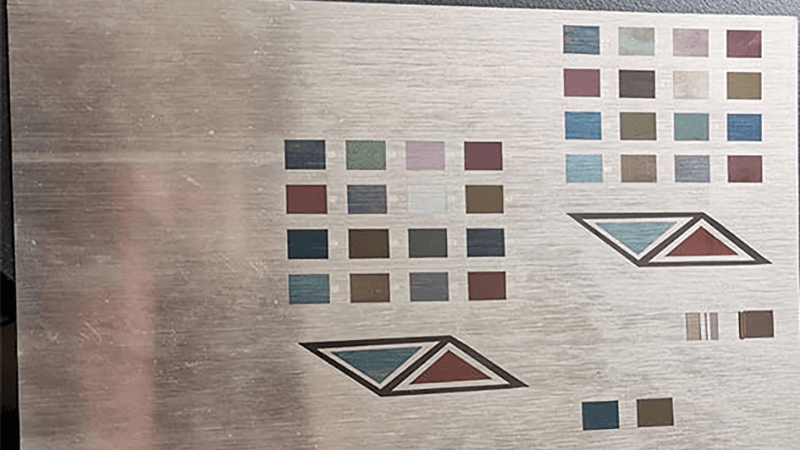
Conclusion
Laser marking machines11 aren’t just tools—they’re an essential part of modern manufacturing. From serial numbers on aerospace components to barcodes on electronics, laser marking ensures traceability, branding, and compliance. At Kirin Laser, we don’t just sell machines—we build precision tools that solve real problems. Whether you're battling fading ink, slow production, or low contrast, we’ve got a beam for that.
If you're serious about long-term durability, clean markings, and industrial scalability—let's talk lasers.
-
Explore this link to understand the technology behind fiber laser marking and its applications in various industries. ↩
-
Discover how Galvo systems enhance laser marking speed and precision, crucial for creating detailed designs on various surfaces efficiently. ↩
-
Discover why fiber lasers are preferred for durability and efficiency, ensuring long-lasting performance in demanding environments. ↩
-
Discover why air-cooled units are efficient and low maintenance, offering simplicity over complex water-cooled systems. ↩
-
Understanding the role of the galvo head in laser systems can help optimize maintenance and extend machine lifespan, ensuring efficient operation. ↩
-
Explore this link to understand how Laser Marking can enhance product identification and branding. ↩
-
Discover the advantages of Laser Engraving for creating durable and deep designs on various materials. ↩
-
Explore the advantages of fiber laser machines for marking, including speed, precision, and cost-effectiveness. ↩
-
Discover how the Kirin 20W fiber laser can enhance efficiency and precision in high-volume marking tasks, with zero consumables and seamless integration. ↩
-
Discover the latest advancements in laser marking solutions that enhance efficiency and sustainability in manufacturing. ↩
-
Find the best laser marking machines and difference of laser marking and laser engraving from Kirin Laser. ↩





